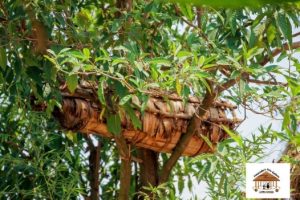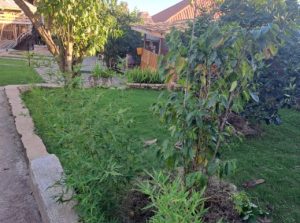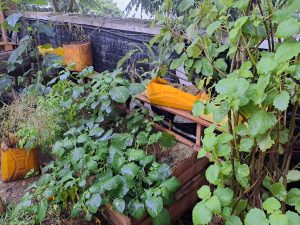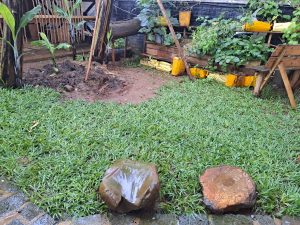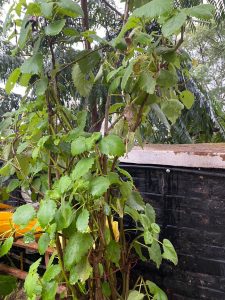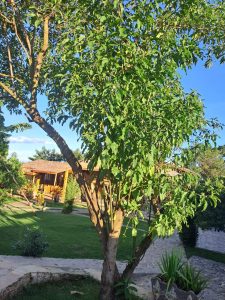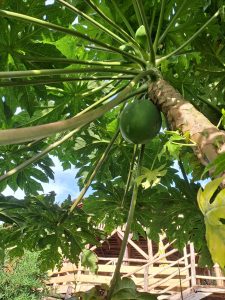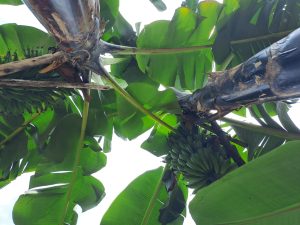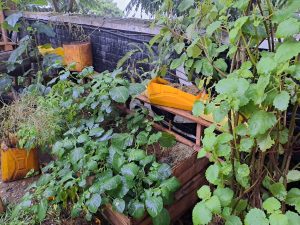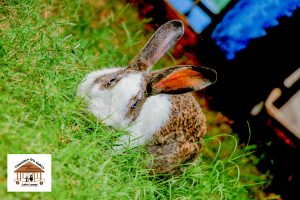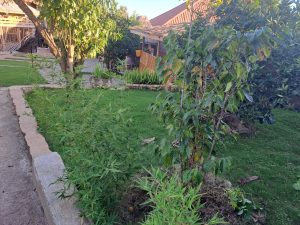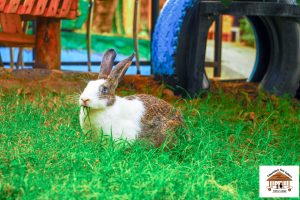🌿 Traditional Agriculture (Ubuhinzi gakondo)
🛠️ Farming Methods
Manual labor was the foundation: tools such as the hoe (isuka), machete (umuhoro), and digging stick (inkoni) were used.
No irrigation systems; crops depended entirely on seasonal rainfall.
Farmers used organic fertilizers such as cow dung and compost (ibikenyeri).
Land preparation and planting were communal activities, often involving neighbors and extended families.
🌾 Main Crops
Sorghum (isogi) – Used for food, brewing traditional beer (ikigage), and rituals.
Beans (ibishyimbo) – A staple protein in the traditional diet.
Sweet potatoes (ibirayi) and cassava (imyumbati) – For carbohydrates.
Bananas (urutoke) – Especially used for cooking and traditional beer (urwagwa).
Maize (ibigori) – Grown widely for flour and porridge.
Taro (amateke) – Cultivated especially in marshland areas.
🧬 Cultural Importance
Farming was deeply integrated with seasonal rituals and ceremonies:
The Umuganura (First Fruits Festival) celebrated harvest and honored ancestors.
Land was inherited through families and considered sacred.
Crops symbolized wealth, blessing, and sustenance.
🐄 Traditional Livestock Farming (Ubworozi gakondo)
🐮 Key Animals
Cattle (inka) – Central to Rwandan culture. The Inyambo breed was especially valued for its beauty and ceremonial role.
Goats and sheep – Used for meat, sacrifices, and dowry.
Chicken (inkoko) – Common in nearly all homesteads for eggs and food.
Dogs and cats – Kept for protection and pest control.
🥛 Significance of Cows
Cows were not only for milk and manure but also:
Offered as dowry (inkwano) in marriage.
Celebrated in songs, poems, and names.
Associated with prestige and blessings.
Cattle-related items like igisabo (milk gourd) and icyansi (milk container) were sacred and symbolic.
🛡️ Role in Society
Wealth was measured in number of cows.
Cattle herders (abashumba) were respected for their role in safeguarding the community’s wealth.
Cow imagery permeated art, myths, and proverbs.
🔁 Integration of Crops and Livestock
Manure from cows was crucial in enriching crop fields.
Crop residues were used to feed livestock.
This symbiotic relationship created a sustainable cycle that supported the community.
🧠 Conclusion
Traditional Rwandan agriculture and livestock farming were more than economic activities—they were cultural institutions that shaped values, identity, and social structure. Though modern techniques have evolved, many of these traditional practices and principles are still honored and preserved in rural communities and cultural education today.
